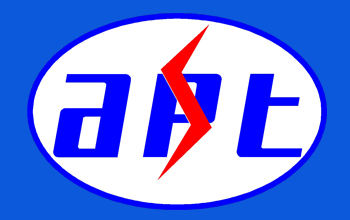

The Dump Steam Condenser (DSC) is a shell and tube nest arrangement with water boxes at either end. The steam side of DSC is connected to the steam line whereas, on the waterside, the DSC is divided vertically into two independent circuits, so that the repair and maintenance on the waterside can be undertaken while in operation.
The DSC tubes are roller expanded in the tube plate to form a watertight joint. To prevent damage to the tubes due to vibrations during operation, support plates are provided along the length of the tubes at suitable intervals. The tube plates separate the water chambers from the steam space. The condensate is extracted from the hot well by the condensate extraction pumps. The tubes are provided with bowing for self-draining of water during shut down periods.
The air leaking into the steam circuit is sucked off from the air cooling zone. It consists of a tube bundle segregated from the rest by baffle plates and the steam air mixture to be drawn off is undercooled. By this undercooling, the partial pressure of air increases while that of steam drops and as the overall pressure of mixture remains approximately constant, the proportion by weight of steam extracted is reduced to that of air.